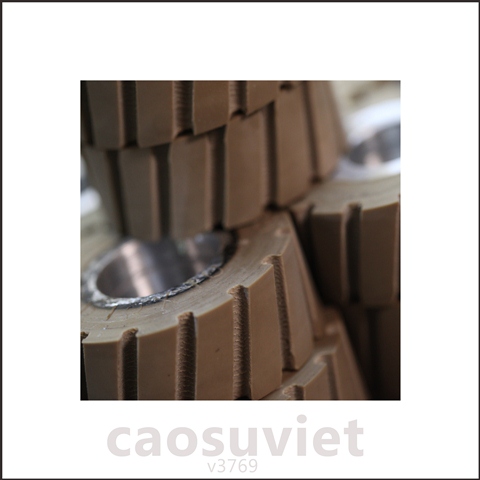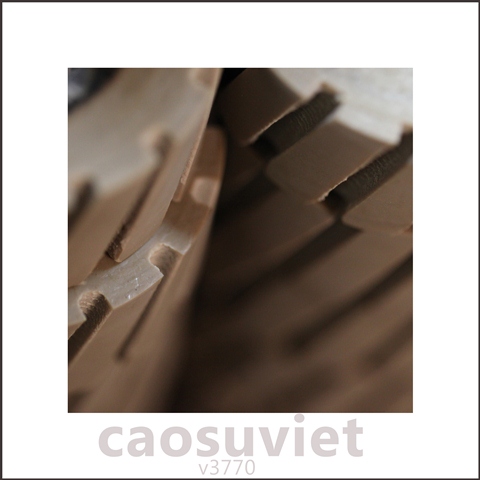Tính chất nổi bật nhất của họ cao su butyl là tính không thấm khí nên chúng được dùng làm lớp lót trong hoặc ruột lốp xe. Tính chất đặc trưng của các loại cao su butyl chính được trình bày bên dưới.
…
Butyl rubber (IIR) is the copolymer of isobutylene and a small amount of isoprene. Patented in 1937 and first commercialized in 1943, the primary attributes of butyl rubber are excellent impermeability for use as an air barrier and good flex fatigue properties. These properties result from low levels of unsaturation in between the long polyisobutylene chain segments. Tire innertubes were the first major use of butyl rubber, and this continues to be a significant market today.
The development of halogenated butyl rubbers started in the 1950s. These polymers greatly extended the usefulness of butyl rubbers by having faster curing rates and increased polarity. This enabled covulcanization with general-purpose elastomers such as natural rubber (NR), butadiene rubber (BR), and styrene butadiene rubber (SBR) that are used in tire compounds. The enhanced cure properties do not affect the desirable impermeability and fatigue properties, thus permitting development of more durable tubeless tires in which the air barrier is an innerliner compound chemically bonded to the carcass ply. Today, tire innerliners are the largest application for halobutyl rubber. Both chlorobutyl (CIIR) and bromobutyl (BIIR) rubbers are used commercially.
…
Trích đăng từ tài liệu Rubber compounding: Chemistry and Applications, Brendan Rodgers, CRC Press, 2004
(vtp-vlab-caosuviet)
 |
Cao su kỹ thuật - Con lăn cao su
chà nhám có rãnh |
 |
| Con lăn chà nhám dùng trong ngành gỗ |